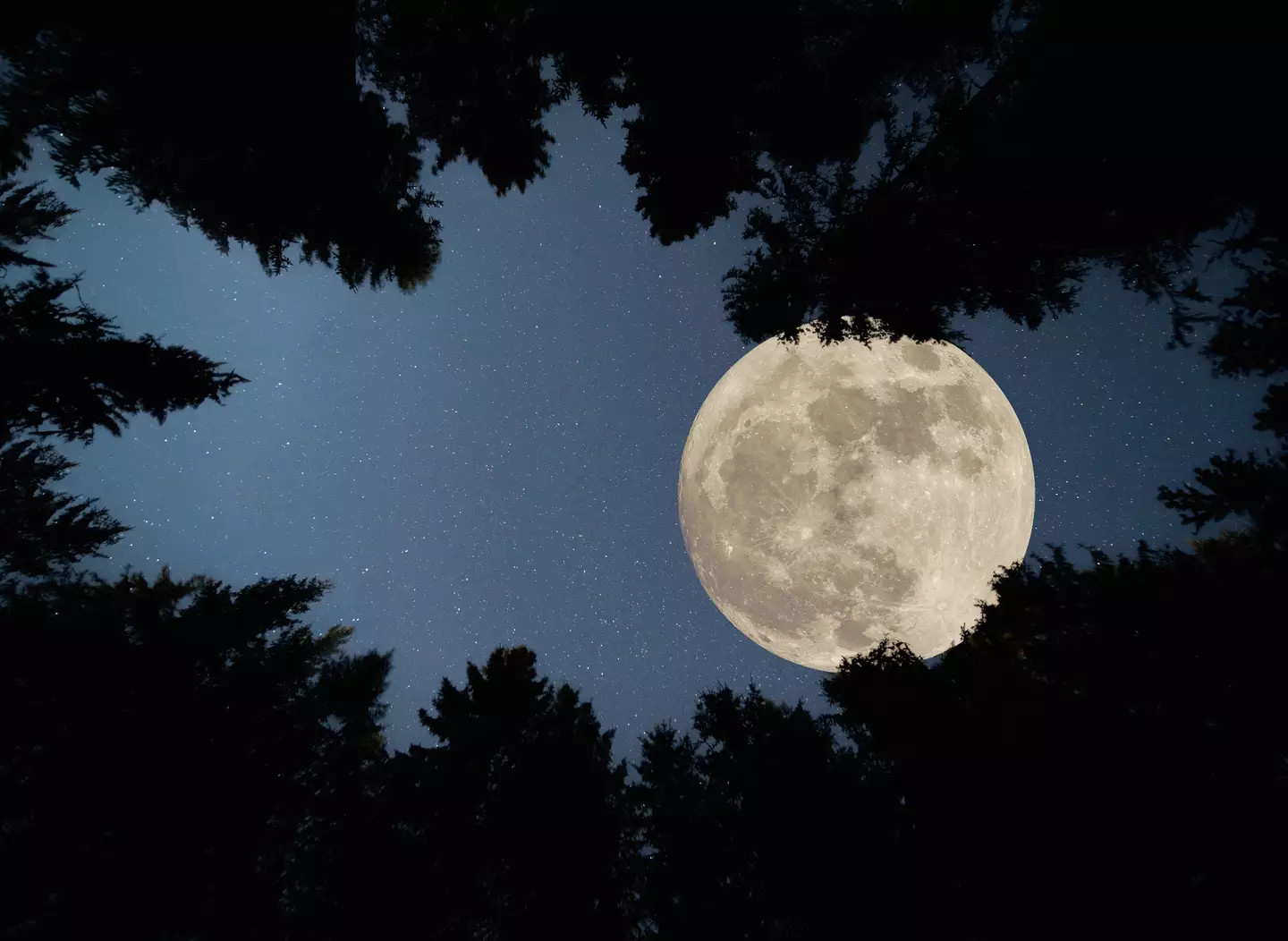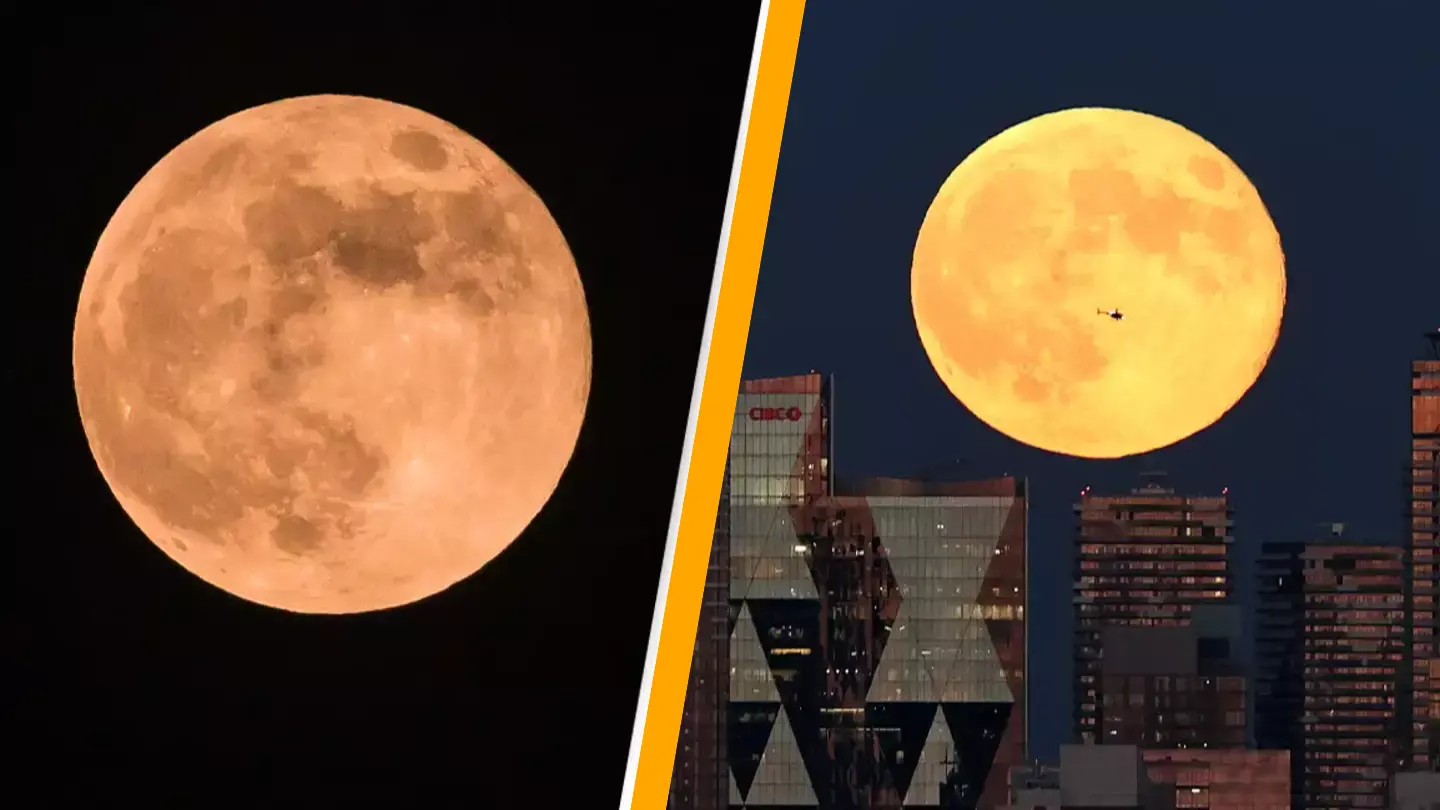As the new year swiftly approaches, we’re gearing up for the last supermoon of 2024. This celestial event is special, occurring only three or four times annually.
A supermoon happens when a full moon coincides with the Moon’s closest point to Earth in its elliptical orbit, referred to as perigee. This proximity makes the moon appear up to 14 percent larger and 30 percent brighter than the dimmest moon of the year, according to NASA.
https://www.youtube.com/watch?v=qZaxqMyP9tU
Shyam Balaji, a researcher specializing in astroparticle physics and cosmology at King’s College London, elaborates: “A supermoon occurs due to the moon’s elliptical orbit around Earth. This orbit isn’t a perfect circle, so the distance between the moon and Earth varies throughout the month.
“The gravitational forces from Earth, the Sun, and other planets influence the moon’s orbit, causing these variations. This is why we occasionally get the spectacular sight of a supermoon.”
The upcoming supermoon is known as the ‘Beaver Moon’, marking the last of four consecutive supermoons witnessed since August this year.
The moon reaches its full phase when it aligns directly opposite the sun with Earth in between, which means the exact timing varies by time zone.
This event is expected to occur on November 15, reaching the Eastern Time Zone at 4:28 PM, 9:28 PM in the UK, and early on November 16 in Hong Kong.

Fortunately, viewing the supermoon doesn’t require any special equipment like telescopes or binoculars.
The supermoon will be visible to the naked eye, simply look up to catch a glimpse.
Balaji advises on optimizing the viewing experience: “For the most impressive view, try to catch it just after sunset or just before sunrise. This is when the moon appears largest and most dramatic against the horizon.
“Make sure to find a spot with minimal light pollution for the best experience,” he adds.

